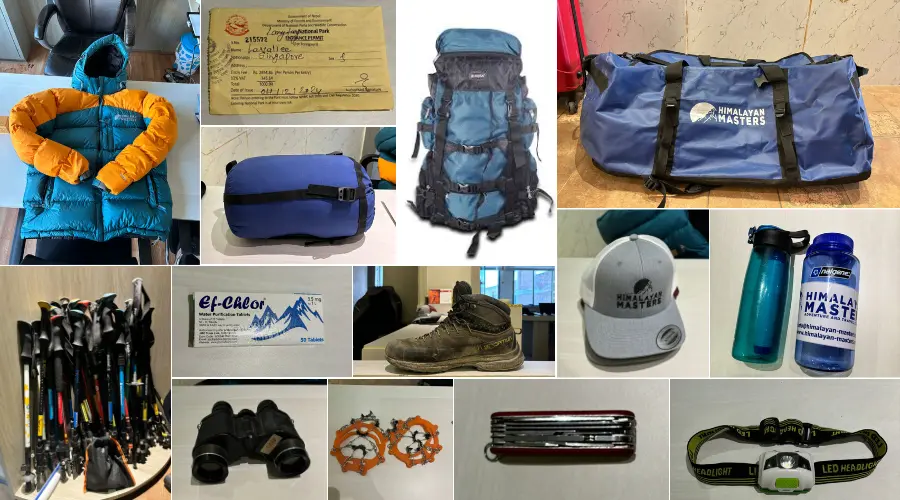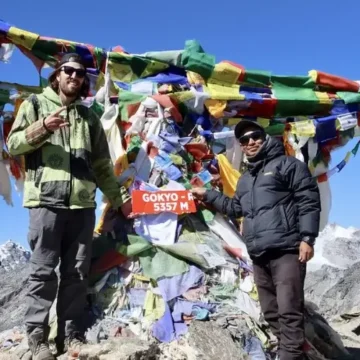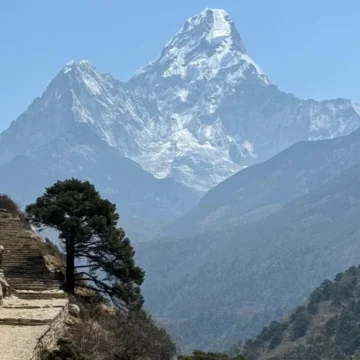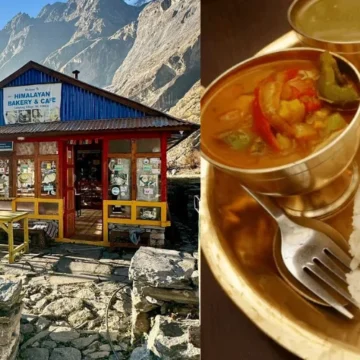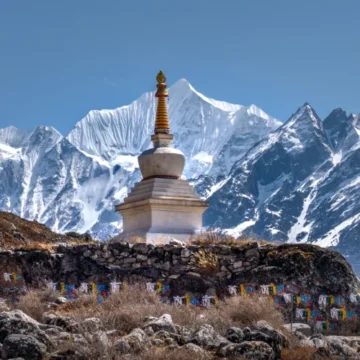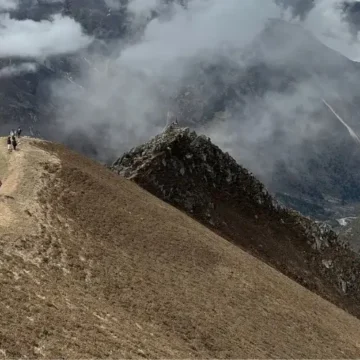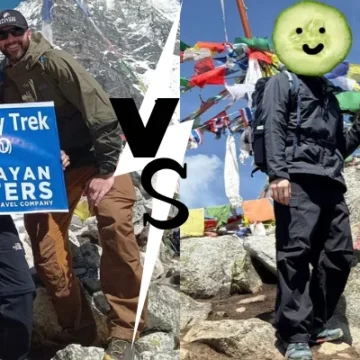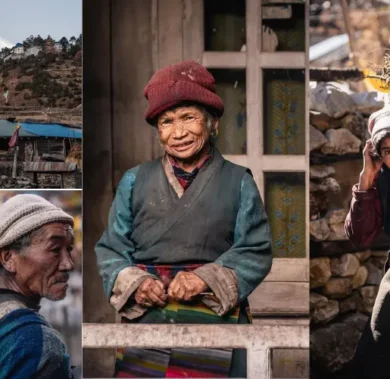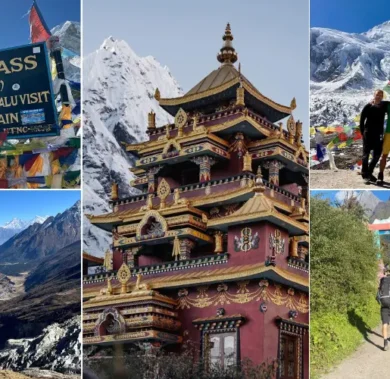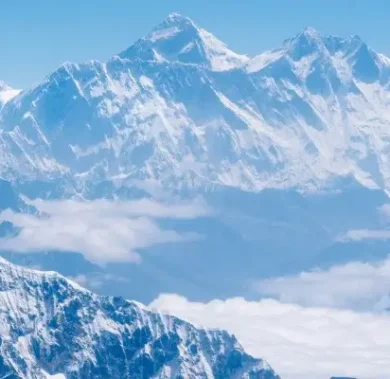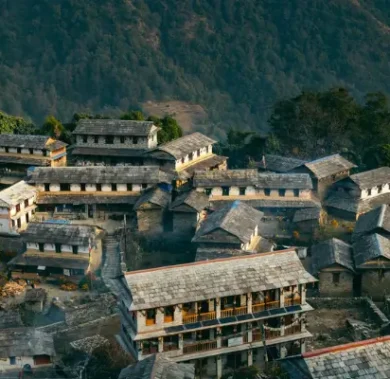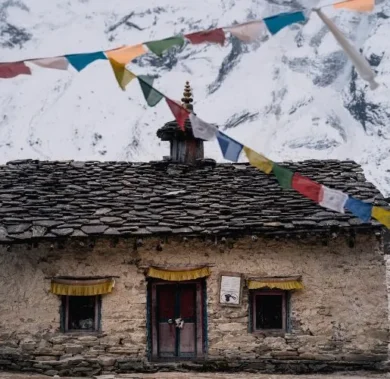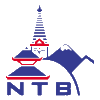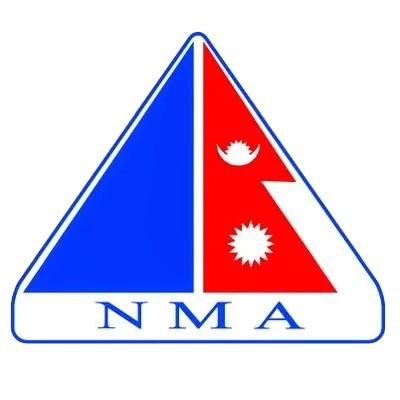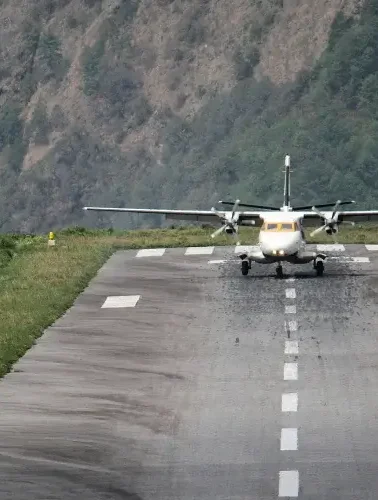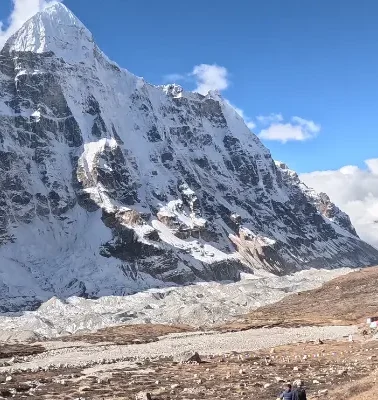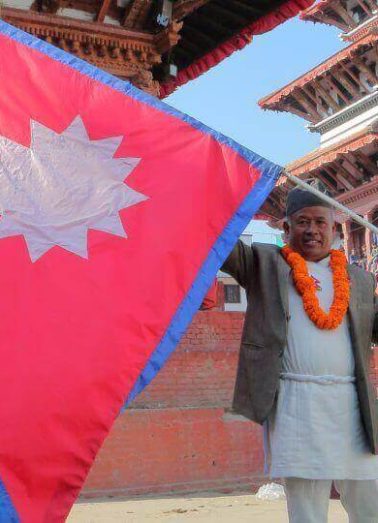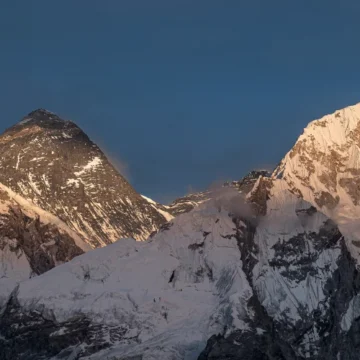
Langtang Trek Packing List | What to Pack or What to Not
Table of Contents
Imagine waking up with a jaw-dropping, panoramic view of staggering peaks, with a crisp breeze on your face. Langtang Trek is one such trek, where you will be mesmerized by scenic views and welcomed by the traditional local people. However, having a proper idea of the Langtang Trek packing list is crucial in determining the outcome of your trip.
For a complete and up-to-date packing list, remember to contact Himalayan Masters by email ([email protected]) or WhatsApp (+977-9823636377).
Whether you’re a beginner or an experienced seasonal trekker, knowing what to include and what to exclude in your packing list can be a determining factor for making your journey memorable or dreadful.
Smart packing helps you trek comfortably and lets you enjoy the trek to the fullest. Travelling light, staying organized, having a well-managed itinerary, and enjoying every moment without stress are secrets to a successful journey.
Smart Packing Takes Important Roles in Langtang Trek
Apart from training for Langtang Valley Trek, packing smartly is an important part of the trek. Packing for the Langtang Trek packing list is not just about including whatever comes to your mind. But it’s about preparing for an adventurous journey in the Himalayas.
It’s about being prepared for the unpredictable weather, rugged terrain, and high-altitude challenges of the Langtang region.
Here’s how you can pack like a pro: a smart packing list to avoid the hassle of lugging unnecessary items.
Pack Light
Although a porter can carry up to 26 kg of your luggage, it is better to pack lightly. The smaller the weight, the better for the porter.
Avoid packing heavy or valuable items
Packaging heavy items like thick jackets, heavy cameras, etc., or valuable items like jewellery could make your bag heavy. Also, you do not want to be saddened if your valuable items break or are lost.
Choose the right bag and pack smartly
A durable, lightweight, waterproof backpack (40-50 litres) is enough for Langtang Trek. You might need a slightly bigger backpack if you are planning for a slightly longer trek like the Gosaikunda trek in the Langtang region. Further, rolling your clothes instead of folding them could save up some space.
Pack only required footwear
One sturdy and comfortable hiking boot for the trek and one pair of sandals or sneakers to use in the teahouse is enough. However, you can pack an additional pair of boots if needed.
Using packing cubes and compression bags
These are really useful in organizing and compressing your gears.
Pack essential documents and money
Do not forget to pack your passport, permits, travel insurance and other essential documents. Also, ATMs or online payment services are unavailable on the route, so get enough Nepali currency in cash and exchange in Kathmandu.
Create a packing list according to weather and activities
The packing list could vary based on the season you are trekking. You might want to include some warm, thick clothes for winter or some rain cover if you are trekking in the monsoon/summer season. Whereas, you can pack some lightweight clothes for trekking Langtang in spring and autumn.
If you are trekking in winter, you might want to pack crampons (also boots compatible with them) to walk on the icy trails since the route might be covered in snow. Additionally, you can pack some extra thermal layers and sleeping bag liners for extra warmth.
Buy locally if needed
In case you are short on anything, you can buy or rent them in Kathmandu or on the route. Buying locally also helps in promoting sustainable tourism and local products.
Smart gadgets and accessories
Bring only what is necessary. Packing a portable camera, power bank, headlamp, extra batteries, etc., is advised.
What to Pack or What Not for Langtang Trek
Knowing what to pack and what not to pack for the Langtang trek is an important task to ensure a comfortable and safe journey. Packing items in balance lets you enjoy the stunning landscapes of the Langtang region.
Here’s a complete guide to help you pack smartly and efficiently.
1. Travel Documents & Permits
| What to Pack | What to Not Pack |
| – Passport – Langtang National Park Permit – Travel Insurance – Nepalese cash (around $20-25 per day) – A few copies of passport-sized photos |
❌ Unnecessary documents or valuables that could get lost or damaged, Too much cash |
2. Backpack
| What to Pack | What to Not Pack |
| – 1 Lightweight daypack – 1 duffle bag (to carry for porter) |
❌ Too large, Too small, Non-trekking backpacks, Lacks proper waterproofing |
3. Clothing
| Layering System | What to Pack | What to Not Pack |
| Base Layer | Moisture-wicking thermal tops and bottoms (2 thermal tops and 2 bottoms) | ❌ Denim jeans, Heavy cotton clothing, Too many clothes, Unnecessary accessories |
| Mid Layer | Fleece or insulating jackets or down vests for warmth (1 each) | |
| Pant and Shirt | 2 quick-drying trekking pants, 2-3 breathable shirts | |
| Gloves & Headwear | A pair of light-weight and warm gloves, Warm beanie – 1, Sun hat – 1, 3-4 pairs of woollen socks, Neck gaiter |
4. Footwear
| What to Pack | What to Not Pack |
| – 1 pair of waterproof and sturdy trekking boots – 1 pair of sandals or sneakers |
❌ Heavy or Bulky Boots, Fancy Shoes, Unnecessary accessories |
5. Essential Trekking Gear
| What to Pack | What to Not Pack |
| – Trekking poles (1 pair) – Sleeping bag (rated for -10-20°C) – Reusable water bottle or hydration bladder (1-2 litres) |
❌ Heavy camping gear |
6. Toiletries & First-Aid Kit
| What to Pack | What to Not Pack |
| – Toothbrush, floss – Toothpaste – Hand Sanitizer – First-aid kit – Personal medicine (enough for the trek) – Toilet paper – Soap (carry small travel-size ones) – Shampoo (carry small travel-size ones) – Towel (Medium and quick-wicking) |
❌ 1 each toiletry and first-aid kit item is enough; no need to pack excessive, Full-sized toiletries, Full-size Shampoo or Soap Bottles |
7. Personal Items
| What to Pack | What to Not Pack |
| – Sunscreen – Moisturizer – Lip balm with SPF – Sunglasses – Sanitary pads/tampons / Menstrual cup (Feminine hygiene) |
❌ Excessive Makeup, Expensive Jewelry, Unnecessary gadgets |
8. Snacks & Hydration
| What to Pack | What to Not Pack |
| – Energy bars – Nuts and dried fruits – Electrolytes |
❌ Heavy and quick-to-damage items |
9. Electronics & Miscellaneous
| What to Pack | What to Not Pack |
| – Camera (portable) – Power bank (with good backup) – Universal travel adapter – Earphones (for music, podcasts, or white noise at night) – Headlamp (with extra batteries) – Pen and note – Water purification tablet – Binocular – Pocket knife – Trekking map or offline navigation app – Reusable ziplock bags |
❌ Laptops, Hairdryer, Straightener, Electric razor, Large power banks, Excessive cables & adapters, |
10. Extra Items (Optional but Useful)
| What to Pack | What to Not Pack |
| – Lightweight book or e-book – Playing cards or small games (for entertainment) |
❌ Heavy books, Bulky entertainment items, Luxury items |
NOTE: This list has been prepared with the recommendation of our expert team. However, these items could be customized based on your personal preferences or needs.
Can I buy or rent trekking gear in Nepal? Or should I bring it on my own?
Yes, you can buy or rent all kinds of trekking gear in Kathmandu; there are plenty of shops where you can buy and rent them. We can guide you in choosing the best options. Also, we provide some of the trekking gear for the trek as a complimentary service.
However, there are some items we suggest you bring from your country. For instance, it might not be comfortable enough if you are trekking in new hiking boots, and it might even cause blisters. So, it is better to bring your own boot that fits you and is comfortable with.
Likewise, if you are under any medication, do not forget to include them in your packing list. Some of the medicines might not be available in Nepal.
Further, if you want to inspect and use premium quality gear, we suggest you bring it from your own country. You might not have enough time to buy them or not get them once you are in Nepal.
We Help in Your Packing for Langtang Trek Like Pro Trekker
At Himalayan Masters, we ensure you’re fully prepared for your Langtang adventure. Here’s how we help:
- From starting off your journey, even before setting foot on the route, we provide step-by-step guidance. We provide detailed packing lists and tips, as well as all other details related to the trip.
- We will give you a thorough briefing before your trek. You can do so by visiting our Himalayan Masters office (1-2 days before the trek), or you can do it online, too.
- We offer Himalayan Masters branded down jacket, duffle bag, water bottle, cap, t-shirt, sleeping bag, etc., for the trek as a complimentary service.
- If you need assistance buying or renting trekking gear in Kathmandu, one of our team members can help you buy good products at a viable price.
- In case you forget to bring your own trekking gear, we suggest you buy or rent alternative gear.
- Your trek guide will finally verify your Langtang trek packing list.
- We are here to assist you with anything during the trek. If anything breaks, gets lost, or is forgotten, rest assured that we are here to assist you in managing it.
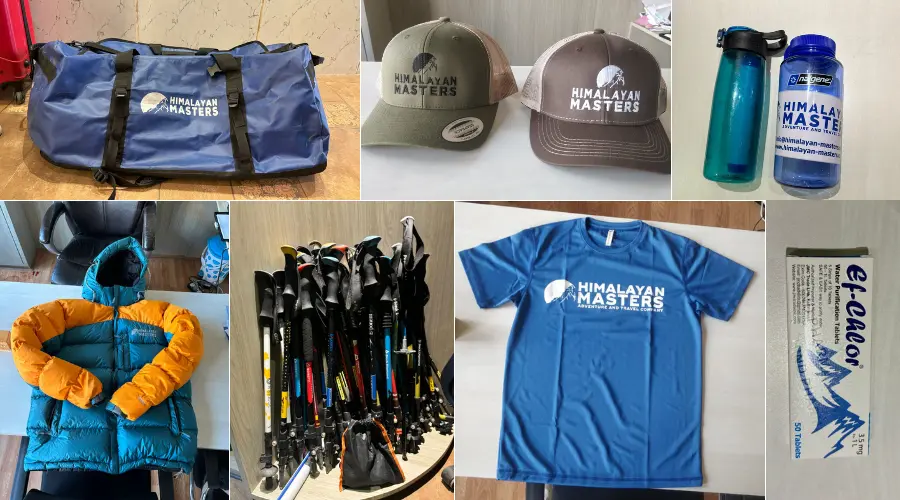
Some FAQs Related to Langtang Trek Packing
How much does gear for the Langtang Trek cost?
Depending on your preferences and what you already own, the cost of Langtang Trek gear can come around $200-300 if you’re renting or around $500 if you buy them.
How do I decide what to pack for my trip?
Agencies like Himalayan Masters provide a full, comprehensive Langtang trek packing list and personalized guidance to help you with packing, so you can contact them before or during finalizing the packing list.
What if I want to extend my trek? Will the packing I did previously suffice?
Packing for an extra few days is always a good and safe decision, so we recommend being prepared and packing extra snacks and essentials.
How do I keep my packed items clean and organized on a trek?
You can use packing cubes, compression bags, or a laundry bag to separate used and unused items and keep them tidy and organized.
What is the most important thing to remember when packing?
Packing light and well-managed, prioritizing your necessities, and the season you are trekking are the most important things to remember when packing.
How can I pack more efficiently without forgetting anything?
Preparing a detailed Langtang trek packing list even before starting packing or consulting the experts (people who have been on the trek several times or travel agencies) can help you pack more efficiently without forgetting anything.
At Last,
Packing for the Langtang Trek is not an uphill task. With some good guidance and a bit of planning, you can enjoy breathtaking scenery and a culture that is different from yours, which the Langtang region has in store for you. Here at Himalayan Masters, we undertake all means to make your trek smooth and memorable.
Want to know more?
Speak to an Expert


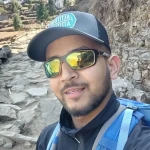


Sandip Dhungana
Nepal 🇳🇵
Whatsapp: +977-9823636377

